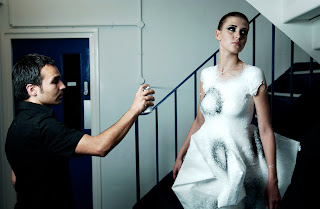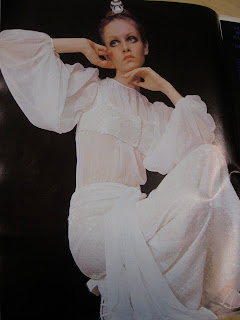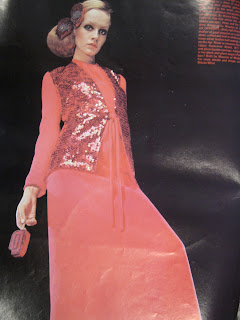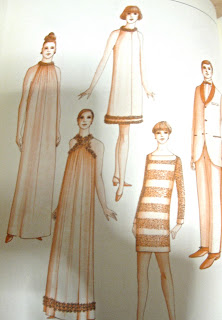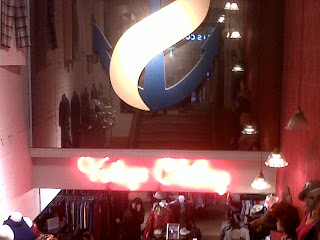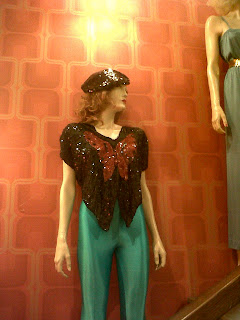Dr Manel Torres is a Spanish fashion designer and academic visitor at Imperials, where he leads the interdisciplinary initiative to produce novel, instant materials for designers, enabling them to create garments in completely new ways.
His work began with a prototype fabric made from cotton fibers sprayed with paint, but realising the need for a more formal scientific input, he turned for advice to Imperial. Here he met Professor Paul Luckham, of Chemical Engineering, who became Manel's PhD supervisor.
The Fabrican Spray-on fabric consists of short fibbers that are combined with polymers to bind the fibers together, and a solvent that delivers the fabric in liquid form and evaporates when the spray when it reaches a surface. The spray can be applied using a high pressure spray gun or an aerosol can. The texture of the fabric can be changed according to what fibers are used such as wool, linen or acrylic, and how the spray is layered.
Fabrican spray-on fabric will allow designers to create new and unique garments, this will enable people to personalise their clothes in all sorts of combinations. In addition to new ideas for fashion, the technology offers sprayable material for any application requiring a fabric coating. After years of research, this futuristic vision is taking shape. The technology enables designers to spray liquid material directly onto the body, using aerosol technology, which dries instantly to make innovative clothes that can be washed and re-worn.
Dr Manel Torres, unveiled his 2011 Spring/Summer Collection at the Science in Style Fashion Show. Dr Torres drew his inspiration for the collection from the statue of Queen Victoria in the College’s Exhibition entrance, and the crinolines that defined the shape of dresses from the Victorian era. The collection also reflected the architectural shapes and silhouettes of iconic buildings from around the world including Spain’s Guggenheim Museum, designed by Frank Gehry, and the Gherkin in London, designed by Norman Foster.
Fashion is just one of the uses of this technology. Dr Torres has set up the spin-out company Fabrican Ltd with Professor Luckham to explore other applications, such as medicine patches and bandages, hygiene wipes, air fresheners and upholstery for furniture and cars.




